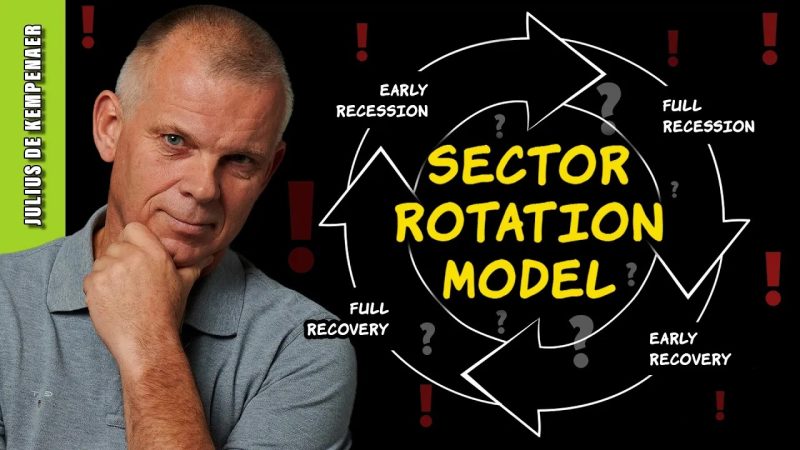Sector Rotation: Understanding the Warning Signals
Sector rotation is a widely recognized investment strategy that involves shifting assets to various sectors based on their performance in the market cycle. A sector rotation model helps investors identify key sectors that are likely to outperform or underperform, allowing for strategic allocation of resources to maximize returns. However, recent indicators suggest that caution is warranted as certain warning signals have been flashing in the sector rotation model.
One of the primary warning signals is the divergence between the leading and lagging sectors. In a healthy market, one would expect the leading sectors to maintain their momentum and continue to outperform. Conversely, lagging sectors would ideally begin to catch up and improve their performance. However, when a noticeable divergence occurs, with leading sectors peaking and lagging sectors failing to gain traction, it can be an indication of turbulent times ahead.
Another red flag in the sector rotation model is the elevated levels of volatility across sectors. Volatility is a measure of price fluctuations and uncertainty in the market. High volatility levels can indicate increased risk and unpredictability, making it difficult for investors to make informed decisions. When volatility spikes across multiple sectors simultaneously, it suggests a broader market trend rather than isolated sector-specific issues.
Additionally, macroeconomic factors such as inflation, interest rates, and geopolitical events can also trigger warning signals in the sector rotation model. For example, rising inflation coupled with a potential interest rate hike can lead to volatility in interest-rate-sensitive sectors like real estate and utilities. Geopolitical tensions or trade conflicts can similarly disrupt sector performance and investor sentiment.
Investors should also pay attention to the overall market sentiment and investor behavior. Behavioral economics plays a significant role in driving market trends and asset prices. Excessive optimism or pessimism can create asset bubbles or trigger sell-offs, impacting sector rotation strategies. Monitoring sentiment indicators and investor positioning can provide valuable insights into market dynamics and potential warning signals.
It is essential for investors to remain vigilant and adaptable in the face of warning signals in the sector rotation model. Developing a diversified portfolio with exposure to multiple sectors can help mitigate risks associated with sector-specific fluctuations. Implementing risk management strategies, such as stop-loss orders or hedging techniques, can also safeguard investments during turbulent market conditions.
In conclusion, while sector rotation can be a valuable investment strategy, it is crucial for investors to be mindful of warning signals that may indicate impending market turbulence. By staying informed, monitoring indicators, and maintaining a diversified portfolio, investors can navigate sector rotations effectively and position themselves for long-term success in dynamic market environments.
